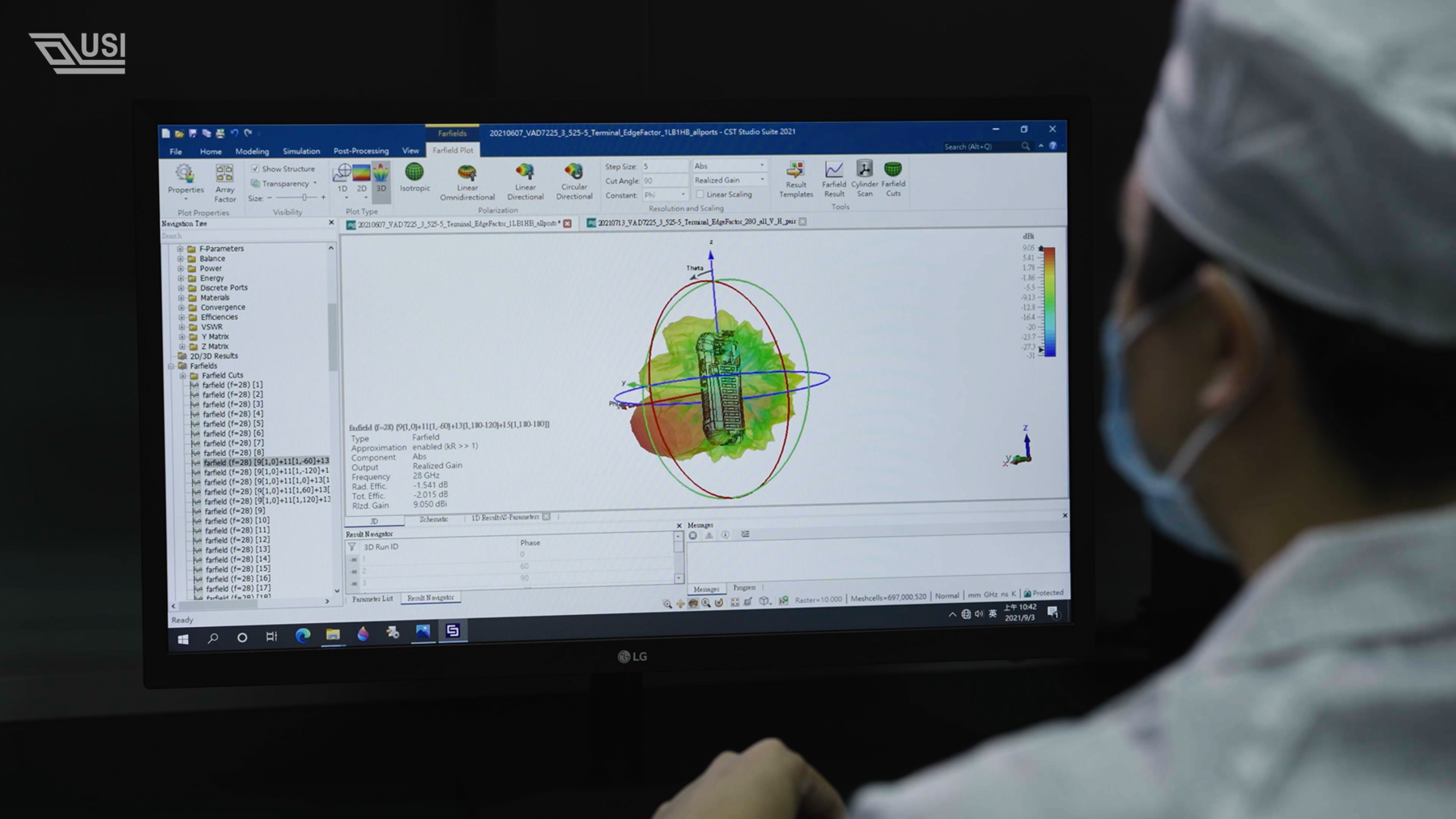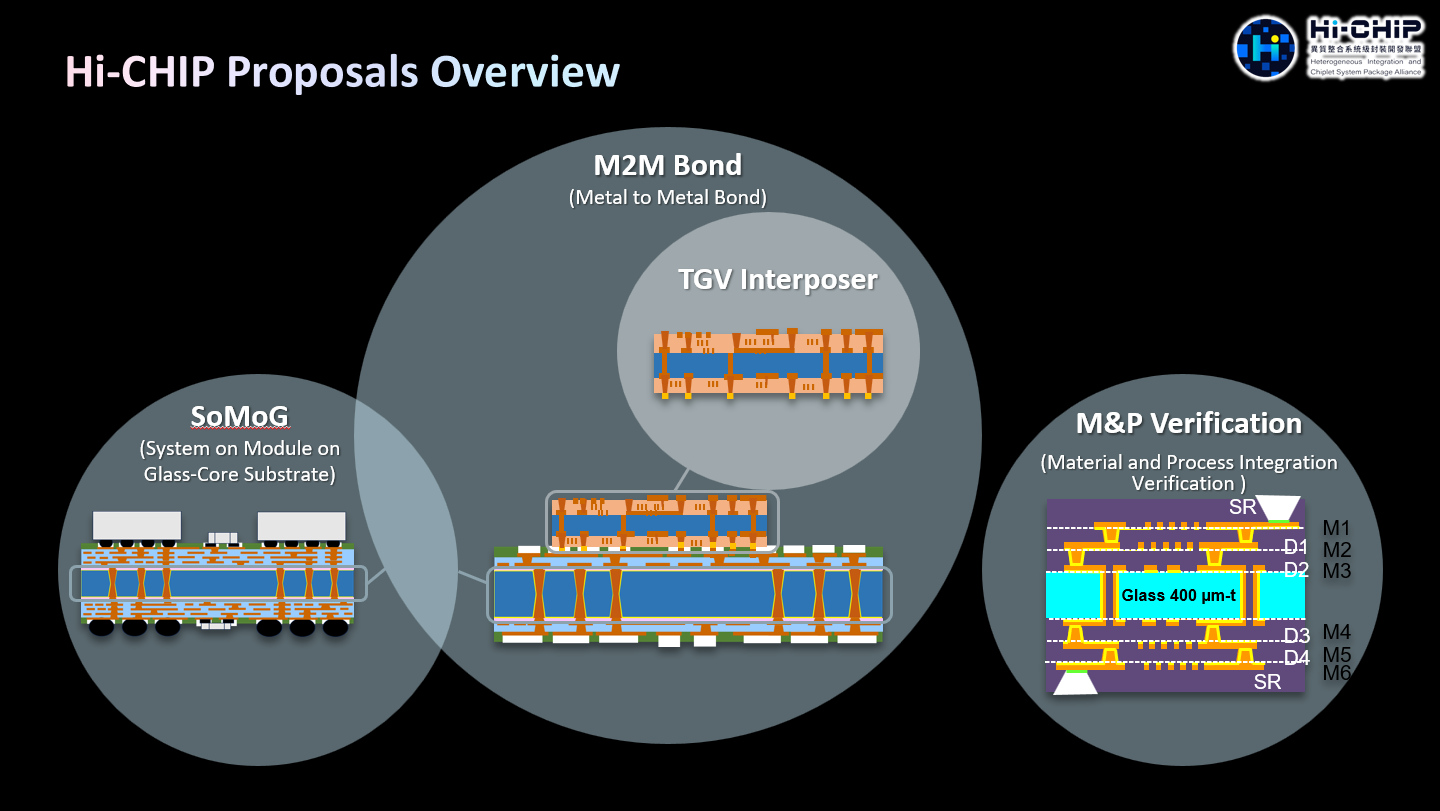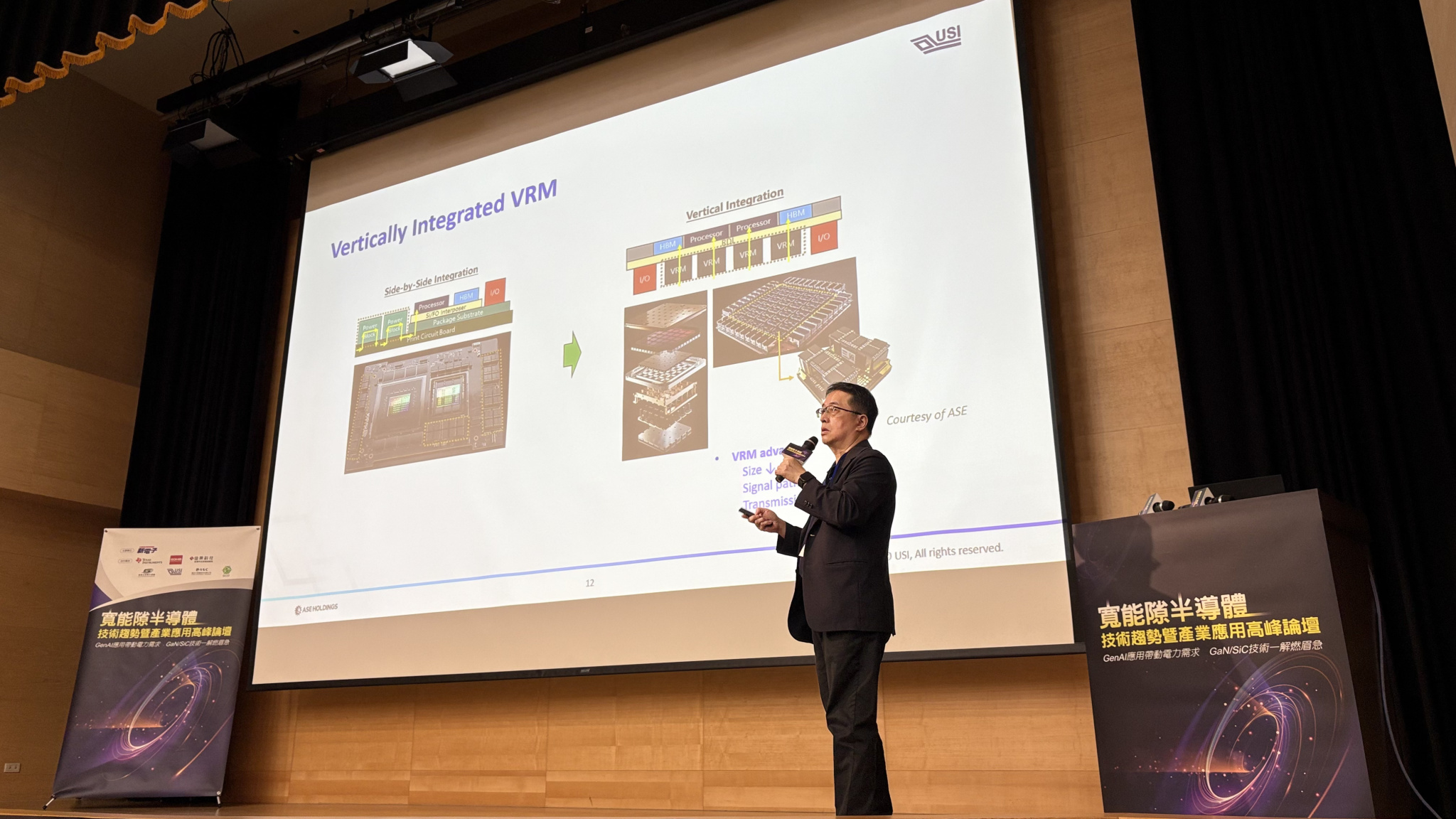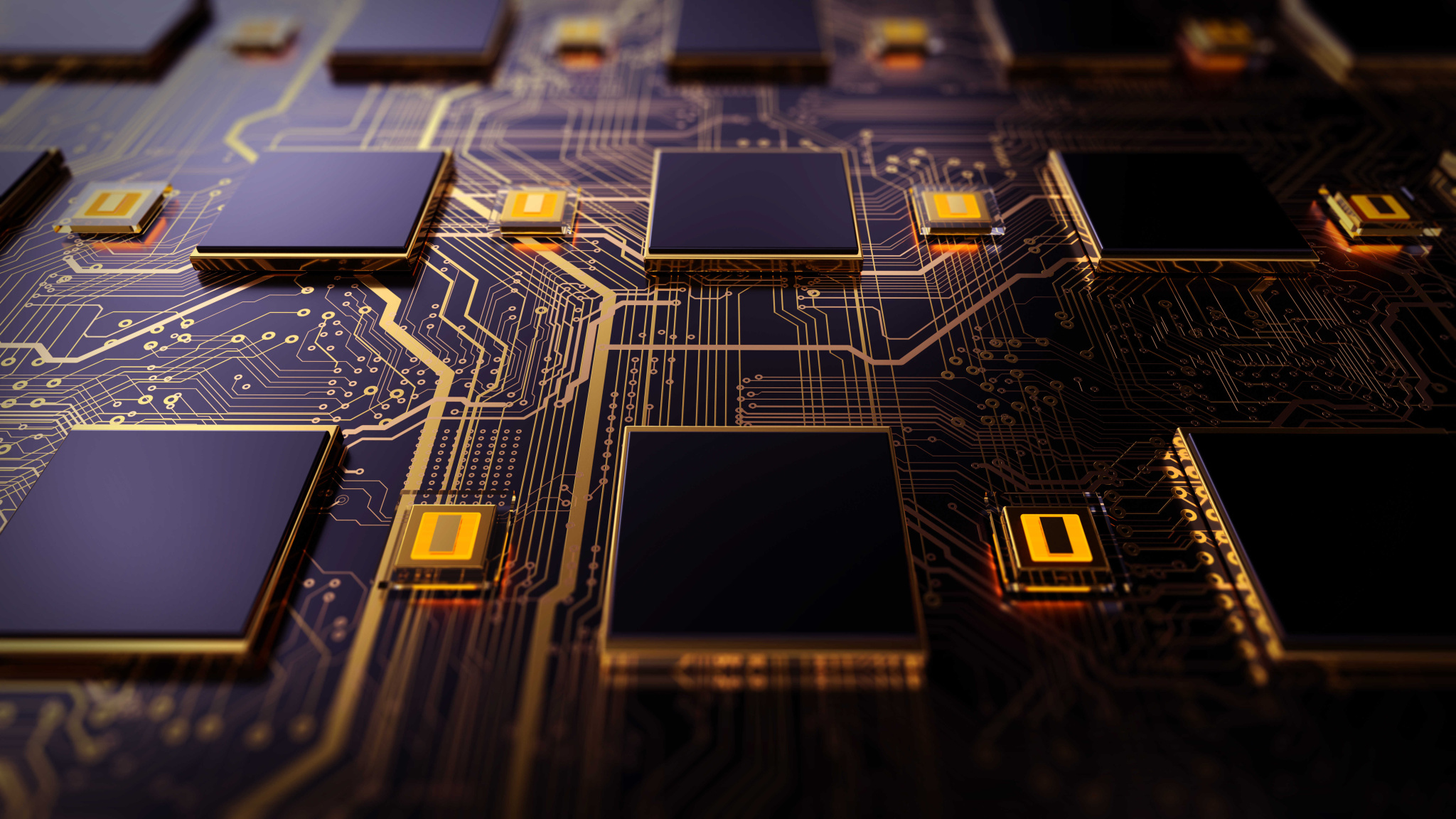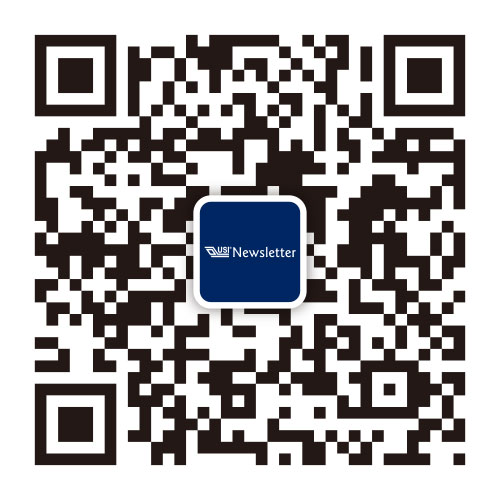Search
- 04/27/2022
USI Advanced 5G Turnkey Services & Two Challenges You Need to Overcome When Developing 5G Products
Developments in 5G are in full swing. Human life will never be the same again. The GSM Association predicts that by 2025, the global market penetration rate for 5G would account for 21% of global mobile connections, equivalent to 1.8 billion connections. Thanks to the ultra-low latency, broad bandwidth, and universal connectivity of 5G, the internet of things is more easily accessible. In the next few years, infinite possibilities for smart life, smart cities, and smart factories are ripe for discovery using 5G radio frequencies, such as wearable devices, home products, self-driving cars, robots, and handheld devices.
Differences between 4G and 5G
What are the differences between 4G and 5G? First, the transmission frequency of 5G Sub-6GHz (FR1) is as high as 7.125GHz, while 4G uses frequencies below 3.8 GHz. As lower frequencies become more occupied and processes become more refined, 5G FR2 technologies develop towards high frequencies between 24.25 and 52.6 GHz, which are much higher frequencies than what 4G uses.
Second, 5G has broader bandwidths. Using Carrier Aggregation (CA) technology, FR1 bandwidths can reach 100 MHz, and FR2 can reach 400 MHz. Dual connectivity effectively doubles the bandwidth, making transmission speed even faster. Millimeter waves (mmWave), which can boost 5G mobile device transmission speed up to 10 times faster than 4G devices, are the true driving force behind applications of 5G.
Third, the greatest difference between 5G and 4G is their frequency bands. FR2 uses the mm-wave frequency band, which is less lossless and less penetrating. This is why 5G FR2 base stations tend to cover areas smaller than 4G base stations, making them ideal for installing as multiple minor base stations in densely populated metropolitan areas, as well as crowded places like concert halls or subway stations.
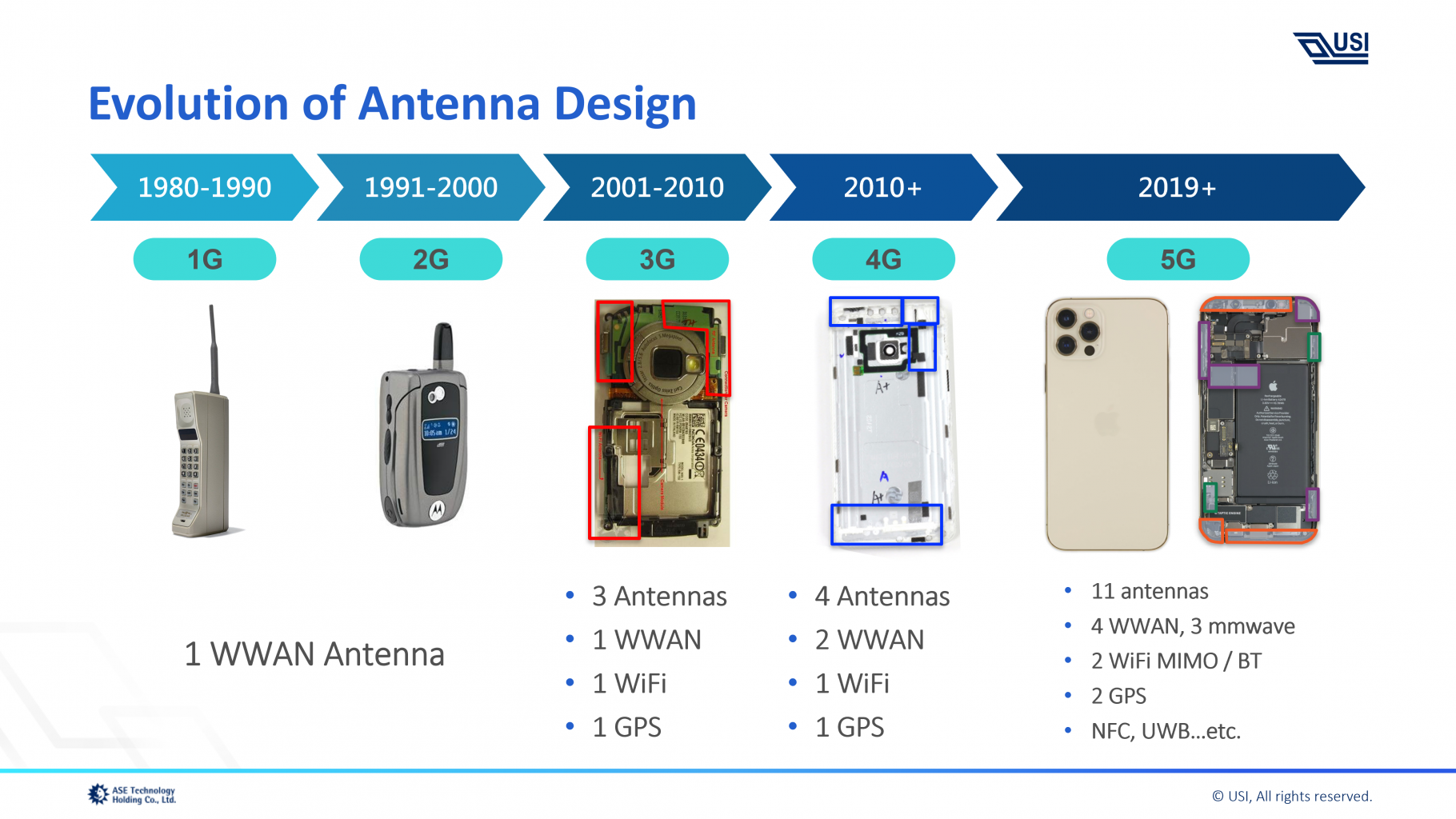
Two Technical Challenges in Developing 5G Products
Nevertheless, precisely because of 5G’s high frequency and broad bandwidth, companies encounter two major technical challenges when developing 5G products.
- Challenge 1: the increased need for antennas creates challenges in designing antennas. For example, 4G mobile devices only have four antennas, but 5G mobile devices need eleven or more. As a result, when designing 5G mobile devices, antennas need to be smaller to fit more of them into products of the same size. The problem is that smaller antennas have lower RF capabilities; thus, designers need to strike a balance between antenna size, legal requirements, and product specifications.
- Challenge 2: increased antenna density means increased likelihood of mutual interference; hence the capacity for antenna simulation and RF circuit design is essential.
" When developing 5G products, one of the most common pain points
is that the sizes and positions of antennas were not designed
in tandem with RF circuits and the placement of the mechanical design. "
Learn More: Radio Frequency: The Design and capability you should be aware of
Most electronic manufacturing services design 5G products for clients, if they outsource antenna design and suppliers are often only concerned with the design of the antenna itself. The lack of coordination with the RF and mechanism design team is thus likely to lead to problems in antenna design. If antennas are not designed from a system integration perspective, then the supplier or the design team will have a hard time meeting client specification for 5G products, which in turn would delay deliveries and time-to-market schedule.
As more novel products are being available to the market, electronics manufacturing services (EMS) must catch up with the times. International 5G standards were published in 2020. To meet customers' expectations and requirements, USI invested millions of dollars in constructing a state-of-the-art 5G lab with facilities for simulation, design, and validation. USI intended to build comprehensive capabilities to meet client specifications for 5G product. The lab, which made USI an industrial pioneer among its EMS peers, was completed in the second quarter of 2021.
USI Advanced 5G Turnkey Services
USI’s 5G lab boasts an advanced 5G turnkey services. There are four stages: RF board-level design and validation for 5G FR1/FR2, antenna design, simulation, and over-the-air (OTA) testing for 5G FR1/FR2, communications protocol development and validation, and Manufacturing test development. This gives USI four main advantages:
Most electronic manufacturing services design 5G products for clients, if they outsource antenna design and suppliers are often only concerned with the design of the antenna itself. The lack of coordination with the RF and mechanism design team is thus likely to lead to problems in antenna design. If antennas are not designed from a system integration perspective, then the supplier or the design team will have a hard time meeting client specification for 5G products, which in turn would delay deliveries and time-to-market schedule.
As more novel products are being available to the market, electronics manufacturing services (EMS) must catch up with the times. International 5G standards were published in 2020. To meet customers' expectations and requirements, USI invested millions of dollars in constructing a state-of-the-art 5G lab with facilities for simulation, design, and validation. USI intended to build comprehensive capabilities to meet client specifications for 5G product. The lab, which made USI an industrial pioneer among its EMS peers, was completed in the second quarter of 2021.
USI Advanced 5G Turnkey Services
USI’s 5G lab boasts an advanced 5G turnkey services. There are four stages: RF board-level design and validation for 5G FR1/FR2, antenna design, simulation, and over-the-air (OTA) testing for 5G FR1/FR2, communications protocol development and validation, and Manufacturing test development. This gives USI four main advantages:
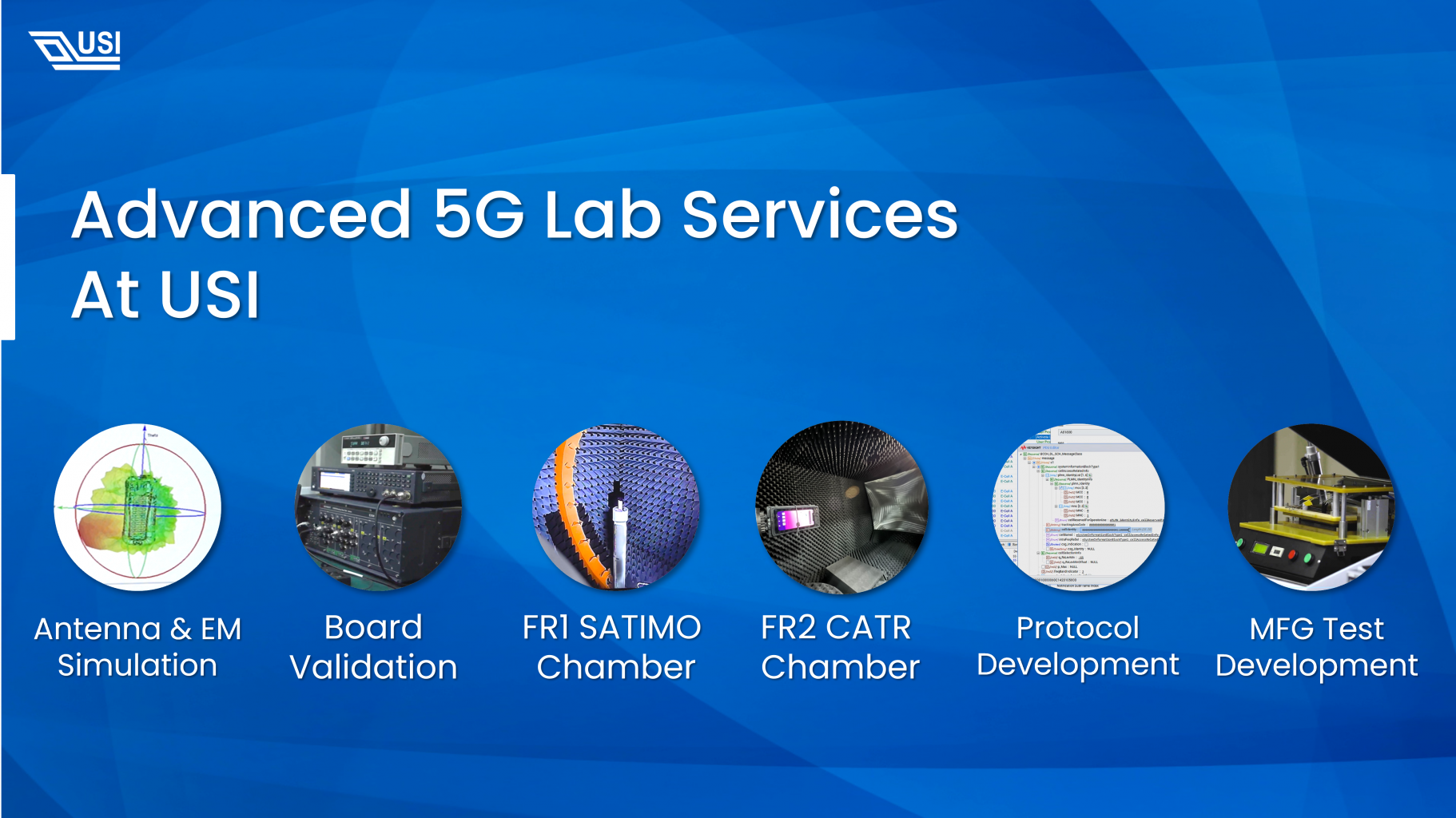
Advantage 1: Turnkey services with a high degree of system integration to respond to market needs in time
As far as client specifications for 5G products are concerned, if USI guarantees, USI delivers. Our 5G team can be an innovative high-tech. The advanced 5G turnkey services include simulation and testing equipment, saving clients from spending large numbers on building their testing equipment. From antenna design, RF board-level design, and RF testing to product validation and mass production, USI advanced 5G turnkey services can satisfy client needs for a briefer time to market.
Advantage 2: Diversity experience in design development will help deliver new 5G products
With a wide range of products design experiences, including mobile devices, wearable devices, handheld devices, warehouse hand tallies, POS devices, and projectors, USI possess not only excellent capabilities when it comes to the design and development of wireless products but also frequently assisted major brands in designing 5G products. We can find corresponding teams and RF engineers to quickly solve customers’ problems in developing various new 5G products.
Advantage 3: Rich experience in simulation and design can save time in project development
USI uses simulation in designing early-stage products to evaluate the properties and performances of antennas, making sure that they meet the specifications to pass validation testing. The simulation data of authentic products can help spot potential problems before mass production. In this way, the design can be modified to prevent the functional problems that would appear after mass production, which would lead to product failure.
" USI’s Simulation and design capabilities
can shorten the evaluation cycle in early project development,
effectively shortening the entire project development period
by 20 to 30%. "
Advantage 4: Able to carry out various validation testing according to customer requirement
USI 5G lab uses exactly the same RF testing equipment as the labs that meet international communication standards. USI has key mainstream validation software that can carry out different testing strands on factory sites, such as total radiated power (TRP) and total isotropic sensitivity (TIS). This helps USI ensure 5G products comply with 3GPP standards and other latest global legal requirements. Published OTA testing results among International labs for 5G validation have a margin of error of 2 dB. In contrast, testing data from USI labs and results for validated products have a margin of error of 1 dB, which excels among industry peers.
The First Step in 5G product development: antenna design and electromagnetic simulation
The first RF design and testing stage is an antenna design and electromagnetic simulation. The first step in 5G product development is to evaluate antenna properties according to client specifications. To reach satisfying transmission efficiency, antennas must be designed with sufficient keep-out area. However, mobile and wearable devices have limited space with their compact size, not to mention users perceive screen-to-body ratio and camera quality more easily. This makes fitting in antennas and circuits more challenging since components compete for space.
USI 5G lab uses exactly the same RF testing equipment as the labs that meet international communication standards. USI has key mainstream validation software that can carry out different testing strands on factory sites, such as total radiated power (TRP) and total isotropic sensitivity (TIS). This helps USI ensure 5G products comply with 3GPP standards and other latest global legal requirements. Published OTA testing results among International labs for 5G validation have a margin of error of 2 dB. In contrast, testing data from USI labs and results for validated products have a margin of error of 1 dB, which excels among industry peers.
The First Step in 5G product development: antenna design and electromagnetic simulation
The first RF design and testing stage is an antenna design and electromagnetic simulation. The first step in 5G product development is to evaluate antenna properties according to client specifications. To reach satisfying transmission efficiency, antennas must be designed with sufficient keep-out area. However, mobile and wearable devices have limited space with their compact size, not to mention users perceive screen-to-body ratio and camera quality more easily. This makes fitting in antennas and circuits more challenging since components compete for space.
" The essence of antenna design is to find configures that meet
International standards and client specifications in limited product space.
The key is close collaboration
between antenna design, RF circuit, and mechanical design teams. "
The antenna design team from USI 5G lab boasts three capabilities for electromagnetic simulation, integrated design, and OTA testing:
- Electromagnetic simulation: USI uses industry-acclaimed 3D electromagnetic field simulation software to simulate the properties of antennas in devices, guide for circuit design and assist product development and validation. This includes simulating antennas’ properties within devices: antenna scattering parameters, radiation patterns, antenna gain, electromagnetic field, and power density distribution. The team can also add in models for the human head and hand to evaluate specific absorption rates (SAR), as well as evaluate hearing aid compatibility (HAC) to ensure that the hearing-impaired can safely use the product.
- Integrated design: Design single antennas for wireless communication with different techniques and materials, such as ceramics, laser engraving, wafers, PCB, and metals. We design and develop all device antennas in relation to the integrated system, and we optimize antenna design by working with Mechanical, Radio Frequency, and Electronic Engineering teams to meet client specifications.
- Over the Air Testing: According to standards provided by telecom operators around the globe, USI 5G lab can provide OTA testing services for 4G, 5G FR1, and 5G FR2. The lab can save customers’ budgets and debugging time spent on third-party testing labs.
Moreover, USI has access to design adjustable antennas. Each antenna captures different frequencies to downsize 5G antennas, allowing more antennas to be installed in a product to maximize 5G high-speed transmission.
USI can be the best supporting partner in radio frequency. The newly built 5G lab can carry out comprehensive RF design and diversity levels of testing. The advanced 5G turnkey Design, validation and manufacturing services can fully support customers in product development, becoming a source of strength for your business to board the 5G industry speed train.
Keep up with top trending topic
For the latest innovation technology, application
and industry insight.
Subscribe Our Blog
For the latest innovation technology, application
and industry insight.


